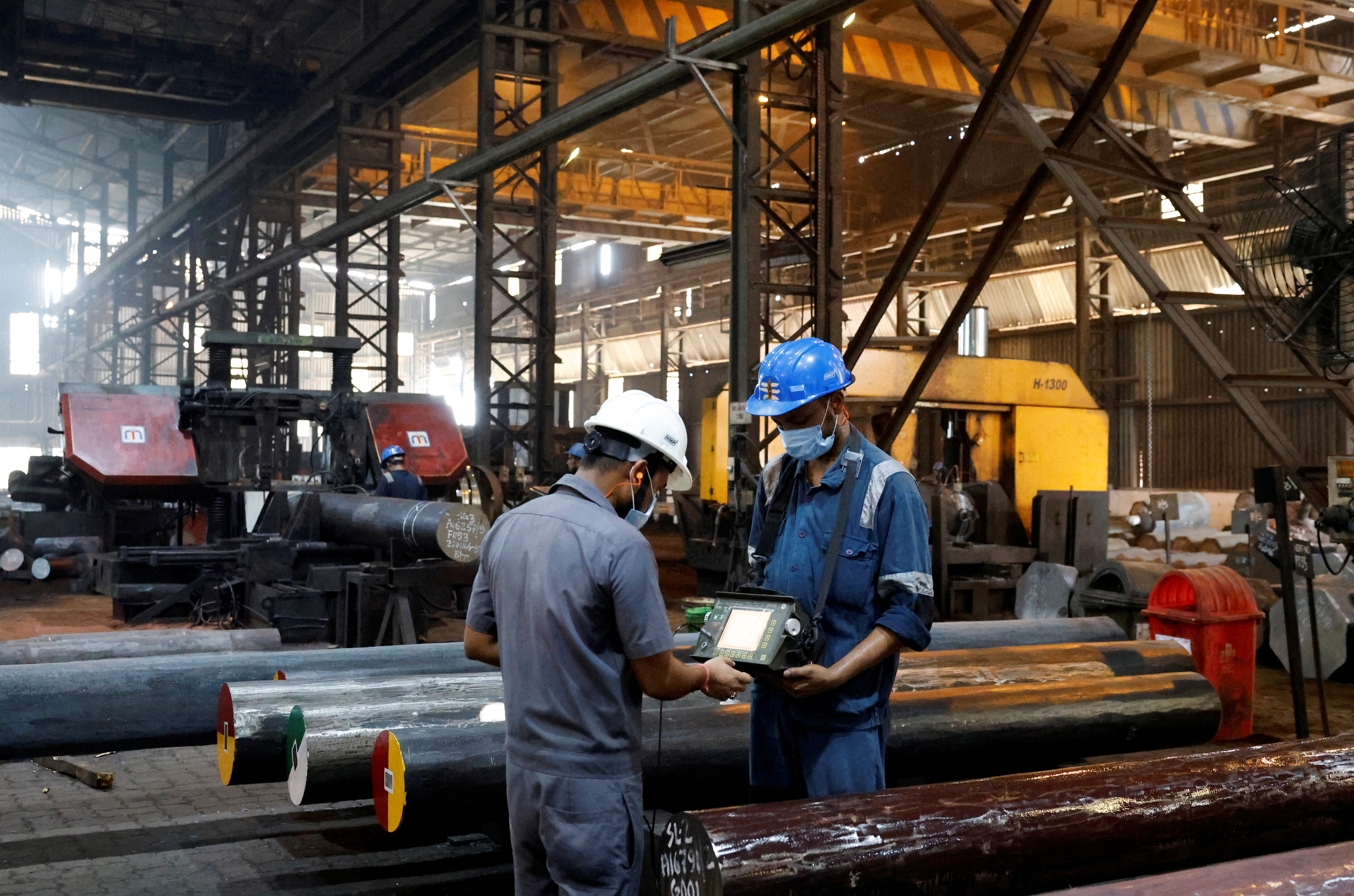India’s factories surge as exports hit new peak
India’s manufacturing PMI 58.9, highest in 14 years; exports +12% y/y. (NSE:TATAMOTORS) and (NSE:LT) lift Nifty +1.4% as USD 1.6b foreign inflows target industrials and infrastructure growth momentum.

India’s manufacturing sector reached a 14-year high in October 2025, with the PMI climbing to 58.9, driven by a 12% rise in new export orders. The surge reflects a structural rebalancing toward goods-led growth as the country benefits from supply-chain diversification, policy incentives, and a competitive labor-cost base.
The Production-Linked Incentive (PLI) framework, covering 14 sectors, has mobilized USD 38 billion in investment since 2021, while logistics digitization has cut shipment times by nearly 30%. Industrial output grew 7.3% y/y, electricity generation 8.9%, and merchandise exports exceeded USD 41 billion. Inflation at 4.6% remains within the Reserve Bank of India’s target range, preserving policy flexibility.
Investor sentiment mirrors macro strength. The Nifty 50 (NSE:NIFTY) advanced 1.4% to 23,550, powered by Larsen & Toubro (NSE:LT), Tata Motors (NSE:TATAMOTORS), and Sun Pharma (NSE:SUNPHARMA). Portfolio inflows of USD 1.6 billion in early November marked the strongest week since mid-2023, with foreign institutions overweighting industrials and infrastructure.
The institutional signal is clear: India’s growth composition is changing. Manufacturing’s GDP share, currently 17%, is projected to reach 21% by 2028. The credit cycle remains benign, with banking-sector NPAs below 4%, and capital expenditure at 4.5% of GDP. Structural reforms — GST integration, power-market liberalization, and digital trade platforms — have improved productivity.
Historically, India’s investment upswings have faltered due to bottlenecks in logistics and policy uncertainty. However, the current expansion rests on coordinated reforms and resilient domestic demand. Manufacturing FDI approvals of USD 21.4 billion this year surpassed software inflows for the first time, underlining the sector’s strategic ascendancy.
If export momentum holds above 8% y/y and manufacturing job creation sustains 1.2 million annually, India’s real GDP could average 7% through FY27, redefining it as a dual-engine economy — consumption-driven yet export-competitive. The next signal to monitor will be capital-goods imports and industrial credit growth through mid-2026, confirming whether this industrial cycle matures into a structural shift.





